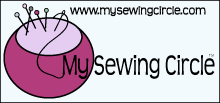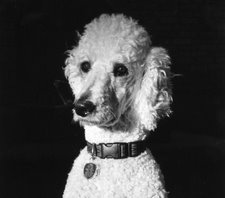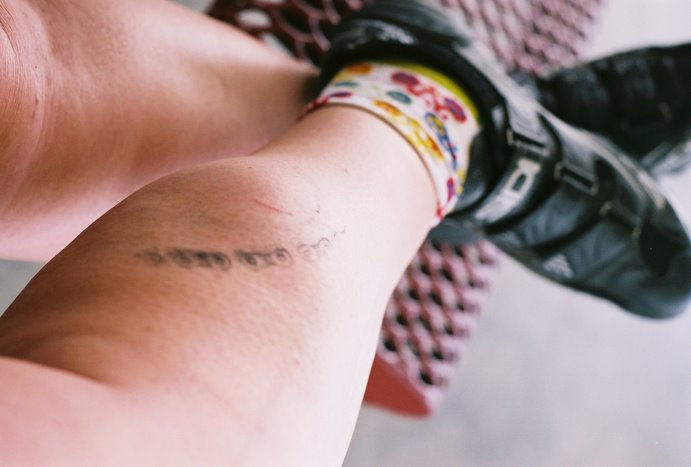How dishtowels are born
So for the curious I offer this pictorial essay about weaving.
 |
| Start with an idea--here a scarf pattern found in an issue of Handwoven Magazine |
 |
| read the instructions and decide to make dishtowels, not a scarf, and further decide to use cotton, not the fibers used in the scarf |
 | |
| Rewrite the pattern (draft) in Ann-speak to | accommodate the changes |
 | ||||||
| Select hopefully appropriate thread from the shelves in the workroom |
 |
| Measure each of the 400+ threads to an exact length, here 6 yards |
 | ||||||
| Move the threads to the loom and HOPE this doesn't happen--it does. |
 | |
| Wind the threads onto the back beam keeping them in order and untangled as they are here, even though it doesn't look like it. |
 | |||
| Thread EACH of the 400+ threads through the eye of a metal device called a heddle without crossing the threads and whilst keeping them in the correct order for the pattern |
 | |
| Another shot of the lovely threaded heddles |
 | |||||
Cut the towels off the loom and hem up the ends. At this point they are stiff and somewhat disappointing--not at all dishtowel-ish. They need to be washed and dried.
That's it, except it takes hours and hours to dress (thread or warp) the loom. The weaving goes really fast unless you discover threading errors that have to be fixed or threads break.
Yeah, I know Walmart sells dishtowels. And, I was lying -- People don't really ask me to tell them how it's done, I just offer that info, but they do really glaze over and run away, can't understand why.
|













2 comments:
That was delightful! Such beautiful dishtowels.
Great post Annie! The dishtowels are gorgeous and very nice colors.
Post a Comment